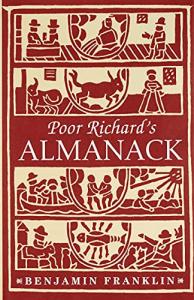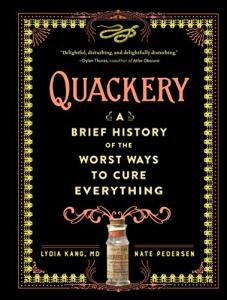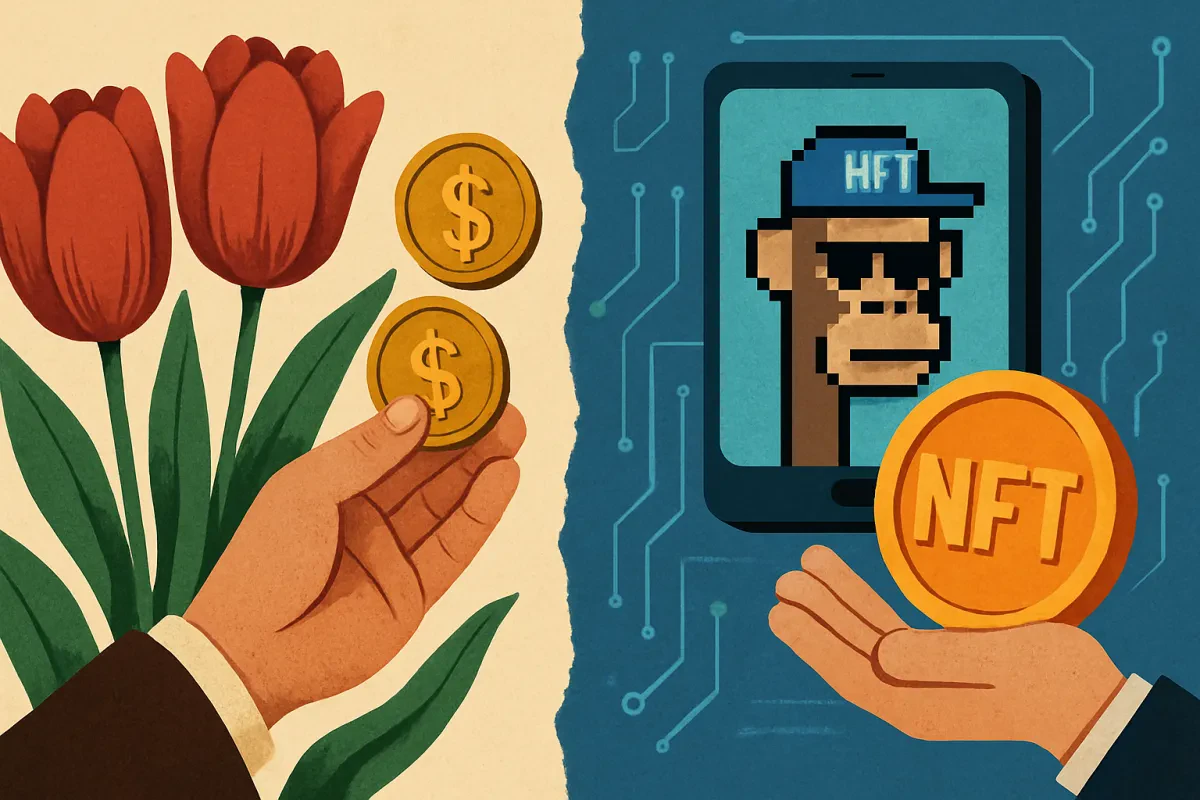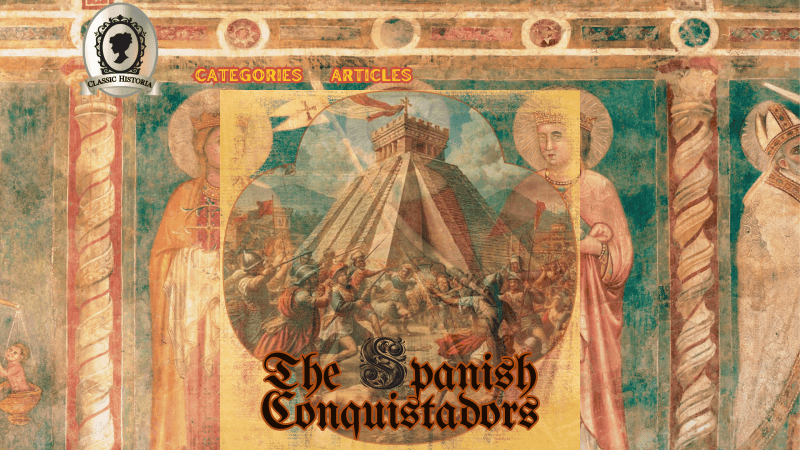
Classic Historia may receive a commission on purchases made through Amazon and eBay affiliate links at no additional cost to you.
History has a fascinating way of repeating itself, especially when it comes to human fascination with new, rare, and valuable commodities. Nearly 400 years apart, two distinct phenomena captured the public's imagination, drove prices to staggering heights, and ultimately left many speculators empty-handed. In the 17th century, it was the Tulip Mania of the Dutch Golden Age. In the 21st century, it was the NFT craze.
While a flower bulb and a digital token may seem worlds apart, their stories share striking parallels in speculation, social dynamics, and the dramatic bursting of a bubble. Let's explore the rise and fall of these two incredible manias with a closer, more detailed look at what happened.
The Dutch Golden Age and the Coveted Tulip

The Dutch Republic in the early 1600s was a world trade leader, boasting the highest per capita income in the world. Its booming economy was fueled by overseas trade, financial innovations, and a developing middle class with disposable wealth. For prosperous Dutch citizens, displaying rare and beautiful objects became a marker of status, and no object was more desirable than the tulip.
Origins and Rise
Tulips arrived in Europe from the Ottoman Empire in the mid-1500s, and quickly became a botanical obsession, especially after botanist Carolus Clusius planted and studied the bulbs at Leiden University in 1593. The flowers’ intense, saturated colors and unique shapes made them truly exotic compared to local flora.
By the early 17th century, tulips had become a luxury commodity, and Dutch horticulturists bred countless varieties, naming them after admirals, generals, and even mythological figures. The most sought-after were those with "broken" colors—vivid streaks and swirls, produced by the tulip breaking virus. Ironically, this virus also weakened the bulbs, making them rare and slow to propagate, which only stoked demand.
$33.00
4.5 out of 5 starsTulipmania: A Journey Through Dutch Golden Age
Discover the Fascinating Story of Tulip Fever and Its Impact on Art, Culture, and Economy in the Netherlands
Product information
Product Review Score
Product links
Interesting Fact
These rare bulbs, Viceroy tulips and the legendary Semper Augustus, once symbols of opulence and status during the Dutch Tulip Mania, no longer exist today due to the virus. These extraordinary varieties have been lost to history, surviving only through illustrations and written records.
The Speculative Bubble
By 1634, tulip mania was underway. Prices for even common bulbs rose rapidly. The rarest bulbs—like ‘Semper Augustus’ and ‘Viceroy’—became the focus of a frenzy. For example:
- In 1637, one ‘Viceroy’ bulb was reportedly exchanged for goods valued at 3,000+ florins (guilders)—an equivalent of four oxen, eight pigs, twelve sheep, two hogsheads of wine, and more, as listed in period records.
- The legendary ‘Semper Augustus’ was valued at up to 5,500 to even 10,000 guilders, at a time when a skilled artisan earned roughly 300 guilders per year, and a modest house in Amsterdam might cost 2,000-3,000 guilders.
Financial innovation accompanied the craze. Because tulip bulbs are dormant most of the year, much of the trading was in futures and options contracts—people bought and sold rights to bulbs that wouldn't be dug up or delivered for months, sometimes never holding the actual bulbs. These contracts were often "traded in the wind," meaning no money or bulbs changed hands until delivery—if it ever came.
Climax and Collapse

By early 1637, speculation had reached fever pitch. Tulip auctions, often held in taverns, were packed with buyers. People took out loans secured against their possessions—estates, land, jewelry—to invest in the market.
But then, sudden panic struck. In Haarlem in early February 1637, an auction for tulip bulbs reportedly failed to produce a single bid at the expected price. News spread like wildfire; confidence evaporated. Within days, prices for bulbs and contracts collapsed by more than 90%. Many contracts were simply not honored, and Dutch courts declined to enforce them, viewing such speculation as a kind of gambling.
Notable Connection
Anything can become a commodity if society collectively assigns it value, regardless of its intrinsic worth. The perception of rarity and desirability can transform even the most unconventional items into objects of speculative trade.
Socio-economic Impact
Despite vivid stories from later writers (notably Charles Mackay in 1841) describing widespread ruin, modern research (like that of historian Anne Goldgar) has found that the number of people financially ruined by tulip mania was limited, mostly restricted to wealthy merchants and some skilled tradesmen rather than the general populace. The overall Dutch economy, based on international trade, shipping, and finance, continued to flourish for decades after the crash. However, the episode became a cultural byword for the dangers of excess speculation and group delusion.
The Digital Age and the NFT Craze
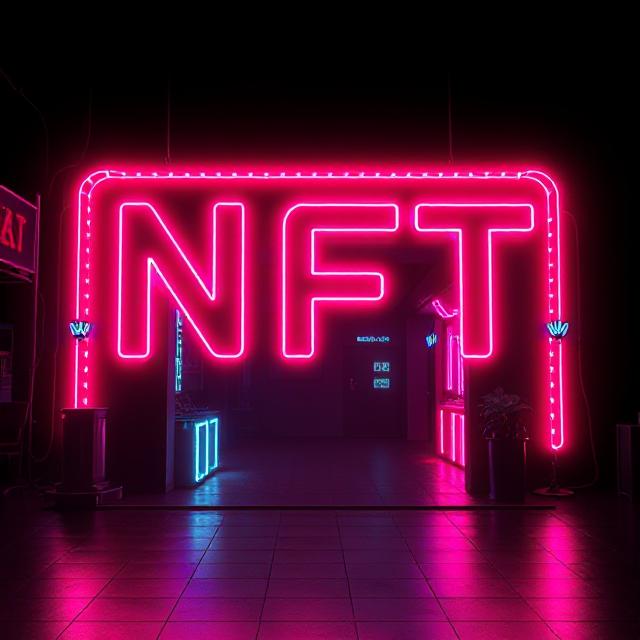
Over three centuries later, the world has changed immensely—yet the lure of rare assets and fast fortunes still captivates society. In the 2020s, as cryptocurrencies and blockchain technology became widespread, a new kind of collectible burst onto the scene: the Non-Fungible Token (NFT).
Definition and Early Days
An NFT is a unique digital token stored on a blockchain—most commonly Ethereum—which certifies ownership and authenticity of digital items such as artwork, music, virtual land, and collectibles. The key quality of NFTs is non-fungibility: each token is distinct.
While the first NFT, “Quantum,” was minted in 2014, the market didn’t truly take off until 2020-2021. Early NFT projects like CryptoPunks (10,000 algorithmically generated pixel art characters, launched in 2017) and CryptoKitties (blockchain-based virtual cats) paved the way. In 2021, NFT transaction volume soared from roughly $82 million the previous year to more than $17 billion.
$13.94
4.7 out of 5 starsGrow Your Own Tea Garden: Backyard Bliss Guide
Discover the Joy of Cultivating Your Own Tea Garden
Product information
Product Review Score
Product links
Famous Transactions and Cultural Moments
- Beeple (Mike Winkelmann) sold his composite NFT artwork “Everydays: The First 5000 Days” at Christie’s for $69.3 million in March 2021—one of the highest prices ever paid for a digital artwork at auction.
- Various celebrities, including Snoop Dogg, Paris Hilton, and Eminem, released or bought NFT art.
- Yuga Labs (Parent company to The Bored Ape Yacht Club)—a collection of 10,000 unique digital apes—became a status symbol among collectors and celebrities, with individual NFTs trading for hundreds of thousands to millions.

NFTs weren’t limited to art—they included “digital land” in virtual worlds (metaverses), music, video clips of NBA slam dunks, and even generative or interactive pieces. Projects like NBA Top Shot let collectors buy and sell officially licensed video “moments.”
Speculation and Volatility
Much like tulip mania, the NFT market was highly speculative. Many buyers were motivated less by a love of digital art than by a hope to resell their NFTs at higher prices. This “greater fool theory” helped send some prices into the stratosphere, often with little connection to utility or intrinsic value. Newcomers rushed in for fear of missing out (FOMO), convinced the digital revolution was changing art, culture, and even property rights forever.
NFT trading accelerated as prominent NFT marketplaces like OpenSea grew to billions in company value. In 2021, OpenSea alone recorded over $10 billion in trading volume.
Decline and Disillusionment
By the summer of 2022, the NFT market had sharply contracted. Trading volumes on major exchanges dropped by over 90% from their peaks. The global cryptocurrency crash, as well as a glut of new NFT projects and waning media hype, left many investors “holding the bag”—their assets now essentially unsellable. According to a 2023 report, over 95% of NFT collections had no monetary value, and four in five NFT projects went unsold.
Many high-profile NFTs lost nearly all their resale value. The NFT representing Jack Dorsey’s first tweet, purchased for $2.9 million, received an auction bid of just $280 the following year. Many “play-to-earn” gaming projects or celebrity-endorsed drops fizzled out, further fueling skepticism.
Socio-economic and Legal Issues
NFTs sparked fierce debates—and lawsuits—about intellectual property, copyright, and digital ownership. In most cases, buyers of an NFT did not receive the copyright to the original file, but only a record of ownership on the blockchain.
Other controversies included:
- Environmental impact: Early NFT transactions relied on cryptocurrency platforms using “proof-of-work” consensus, famously energy-hungry. Minting and trading NFTs raised awareness of blockchain’s large carbon footprint, leading to calls for greener practices.
- Fraud and theft: Cases of art theft, plagiarism, and “rug pulls” (projects disappearing after raising funds) were common. Some platforms moved slowly to police rampant copying or to support aggrieved artists.
- Money laundering: As in art markets, the anonymity and ease of blockchain transactions made NFTs a potential tool for laundering funds.
- Market manipulation: Practices such as “wash trading”—where an owner sells an NFT to themselves to boost apparent value—distorted real prices.
Despite these issues, some technologists and artists remain optimistic, seeing NFTs as pioneering new economic models for creators and decentralized, digital property.
Interesting Facts: Tulip Mania vs. NFT Craze
Here are some fascinating details about each speculative bubble:
Tulip Mania (1634-1637)

- A Virus Made Them Valuable: The most expensive tulips, with their "broken" petal patterns, were actually infected with the Tulip Breaking Virus, which also reduced their ability to propagate, making them rarer.
- Worth More Than a House: At its peak, a single Semper Augustus bulb was valued at 5,500–10,000 guilders—enough to buy an upscale house in Amsterdam. A skilled worker at the time earned about 300 guilders a year.
- Commodity Exchanges: Tulip trading introduced new forms of financial contracts, including forward (futures) contracts and even options, prefiguring modern derivatives markets.
- Futures Trading in Taverns: Much of the speculative trading happened informally in taverns rather than through formal stock exchanges.
- Not as Ruinous as Once Thought: Contrary to popular myth, most Dutch families were not financially destroyed; losses were largely limited to those directly involved in the speculative market.
- Cultural Backlash: Satirical art from the era mocked tulip speculators as monkeys and fools, highlighting societal awareness of irrational excess.
NFT Mania (2020-2022)
- The First Crypto Art: “Quantum,” minted in 2014 by Kevin McCoy, is widely regarded as the first NFT.
- First Meme Sales: The "Nyan Cat" GIF and the "Disaster Girl" meme were sold as NFTs; “Nyan Cat” sold for nearly $600,000, while “Disaster Girl” went for approximately $500,000.
- Metaverse Real Estate: In 2021, plots of digital land in games like Decentraland and The Sandbox sold for upwards of $900,000.
- NBA Top Shot: Digital trading cards of basketball “moments” quickly became a high-volume NFT category, with a LeBron James dunk selling for $208,000.
- Ownership Confusion: Purchasing most NFTs does not grant legal rights to the underlying work, only a blockchain-certified token tied to it.
- Marketplaces and Regulation: OpenSea and other NFT exchanges contend with ongoing legal and ethical challenges over copyright, fraud, and user protection.
- Energy Use: Ethereum’s move from proof-of-work to proof-of-stake in 2022 cut its energy usage by 99.99%, quelling some environmental criticisms of NFTs.
- Collapse of Value: By 2023, the overwhelming majority of NFTs could no longer sell at any price, and “rug pull” scams left many with significant losses.
A Shared Story of Speculation
Despite centuries and technologies apart, Tulip Mania and the NFT Craze echo each other in the way they combine novelty, economic optimism, and the contagious dream of quick wealth. Both were shaped by rising wealth, information spread (pamphlets for tulips, social media for NFTs), and a culture thirsty for new forms of status and participation.
And ultimately, both proved that human psychology is a powerful force—capable of driving prices to irrational highs and then, in a flash, annihilating billions in paper wealth. If the past is any indication, the next great mania may be just around the corner, dressed in the trappings of its own time but built on timeless human hopes and fears.
Like this article? Discover more at Classic Historia for a deeper exploration into the past that has shaped our world.
Stay connected with Classic Historia and discover more timeless treasures by following us on our social media platforms:
"With Classic Historia, you can find the perfect gift for any occasion or add a touch of nostalgia to your own home."
Business Phone Number:
(833) 222-7544
Business Address:
Classic Historia
1220 Oak Street, Suite J PMB1007
Bakersfield, CA 93304-1072
United States

